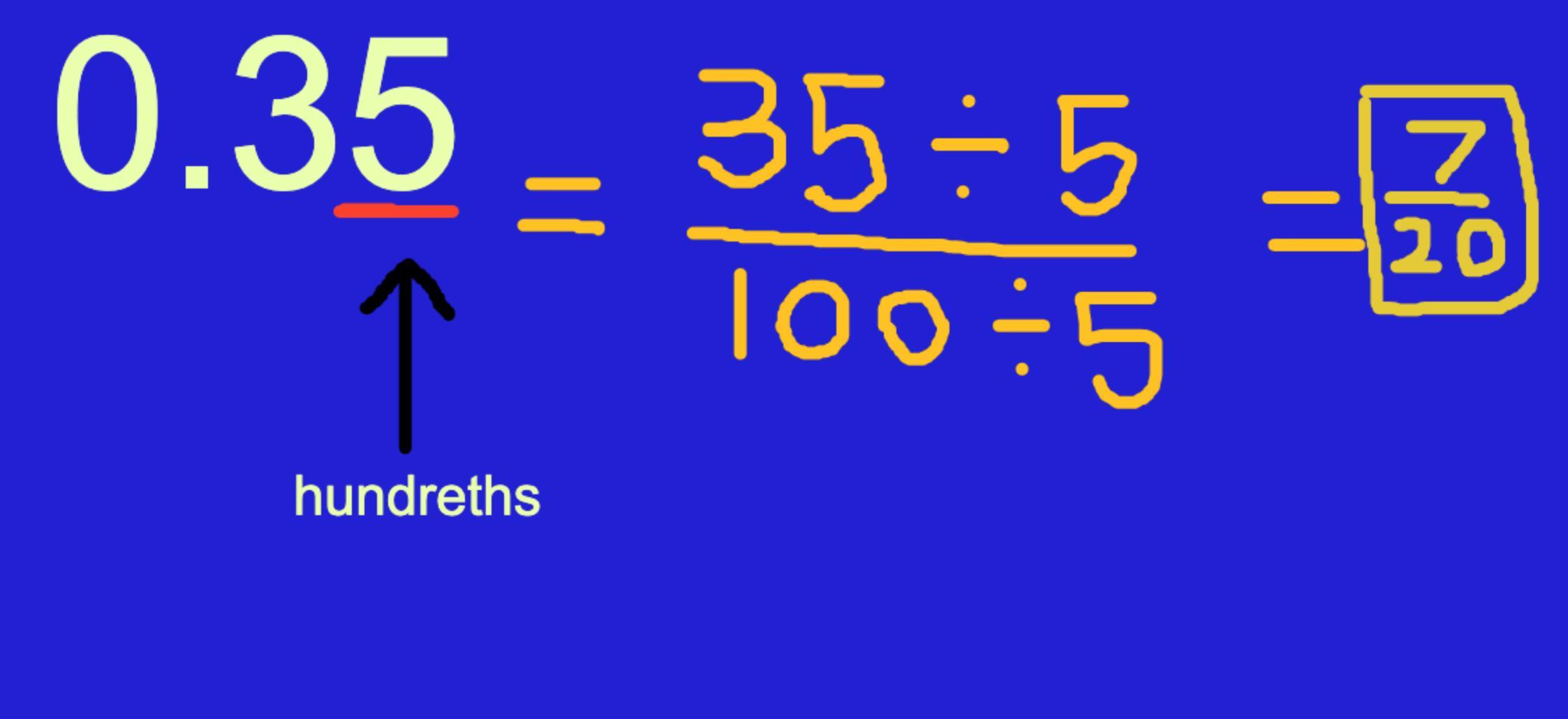Converting decimals to fractions can often seem daunting, but it’s a crucial skill in mathematics that simplifies many complex problems. One such common decimal is 0.2. In this article, we will delve deep into understanding 0.2 as a fraction, providing clear explanations, detailed steps, and practical examples to ensure you grasp this concept thoroughly.
Decimals and fractions are two sides of the same coin, each representing parts of a whole. Converting a decimal like 0.2 to a fraction is a fundamental skill that can aid in various mathematical applications. Whether you’re a student brushing up on basic math skills or an adult looking to refine your understanding, this guide is here to help. By the end of this article, you’ll not only know how to convert 0.2 to a fraction but also understand the underlying principles that make this conversion possible.
Key Takeway
- 0.2 as a fraction is 1/5.
- The process involves understanding place values and simplifying fractions.
- Converting decimals to fractions is a useful skill in both academic and real-world applications.
Further Info
Who’s Involved: Understanding the Basics
To convert 0.2 to a fraction, it’s essential to grasp basic mathematical concepts such as place value and fraction simplification. This task involves students, educators, and anyone interested in enhancing their numerical skills. Understanding these basics lays the groundwork for more complex mathematical operations.
Timeline: Step-by-Step Conversion Process

Converting 0.2 to a fraction involves a few straightforward steps:
- Identify the place value: The decimal 0.2 is in the tenths place.
- Write as a fraction: 0.2 can be written as 2/10.
- Simplify the fraction: Divide both the numerator and the denominator by their greatest common divisor (GCD), which is 2 in this case. Thus, 2/10 simplifies to 1/5.
Therefore, 0.2 as a fraction is 1/5.
Impact on Personal and Professional Lives
Understanding how to convert decimals to fractions has significant implications in various aspects of life. For students, it’s a foundational skill that supports learning in higher-level math courses. For professionals, especially those in fields such as engineering, finance, and data analysis, this skill is vital for accurate calculations and data interpretation. In everyday life, this understanding aids in tasks such as cooking, budgeting, and even home improvement projects.
Press Reaction
The ability to convert decimals to fractions is often highlighted in educational media and public discussions about math literacy. Educational platforms and media outlets frequently emphasize the importance of these skills in developing critical thinking and problem-solving abilities. Significant coverage in educational reforms and curriculum development often includes a focus on ensuring students are proficient in these fundamental skills.
Future Plans
As the world becomes increasingly data-driven, the importance of mathematical literacy, including understanding decimals and fractions, will only grow. Future educational trends are likely to incorporate more digital tools and interactive platforms to help learners grasp these concepts more intuitively. Upcoming plans in educational technology aim to provide personalized learning experiences that adapt to individual student needs, making the process of learning how to convert decimals to fractions like 0.2 more engaging and effective.
Converting 0.2 to a fraction is a simple yet essential mathematical skill. By understanding the place value system and the process of simplifying fractions, anyone can master this conversion. Remember, 0.2 as a fraction is 1/5. This knowledge not only enhances your mathematical toolkit but also has practical applications in everyday life and various professional fields. As educational resources continue to evolve, mastering these fundamental skills will become even more accessible and engaging.
We hope this comprehensive guide has provided you with a clear and thorough understanding of how to convert 0.2 to a fraction. Keep practicing, and you’ll find that these skills become second nature, empowering you to tackle more complex mathematical challenges with confidence.


